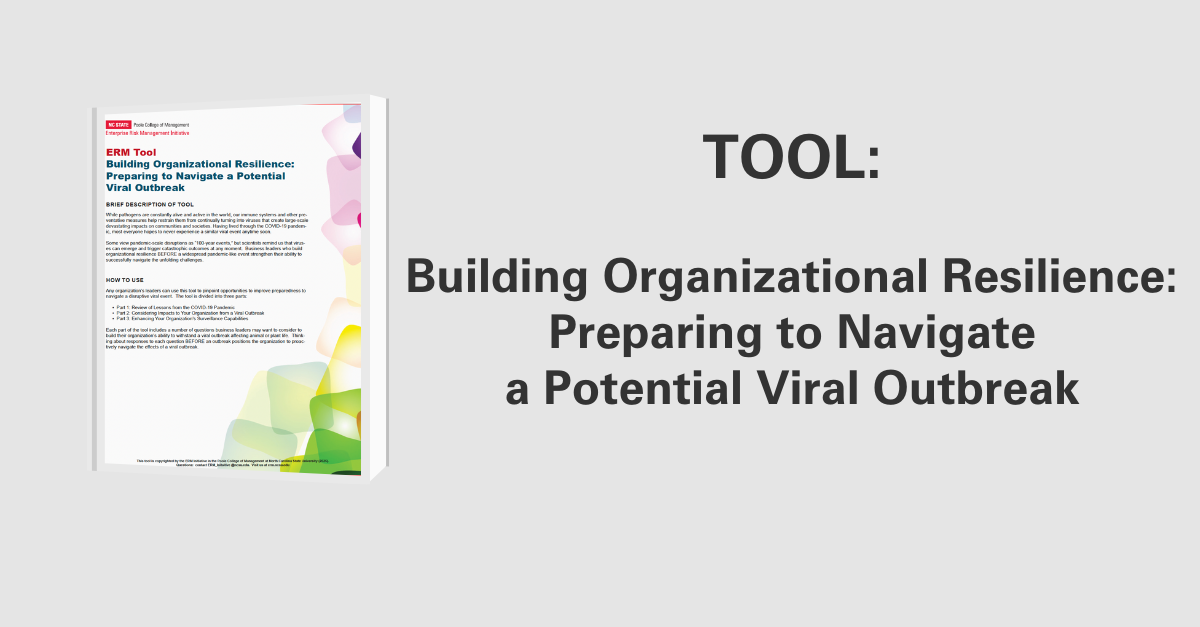Tax Risk Management: The Evolving Role of Tax Directors
Ernst & Young administered a survey in 2004 among 350 tax directors in some of the largest companies in the world. The results from the survey provide helpful insights to directors and corporate executives concerning the changing scope of the tax function, the rise of tax risk management and how companies are responding. Following are the some of the key findings from the survey:
The Changing World of the Tax Director
- 68% of the tax directors surveyed said that tax risk management is considered a critical factor in corporate governance.
- The majority of tax directors (70%) believe that tax risk management is critical to preserving the organization’s overall reputation.
In the past, the tax function focused on reducing costs and tax compliance. In the 1990s, the tax function transitioned into a more demanding corporate function. Tax directors were expected to contribute to their company’s business and financial performance along with focusing on reducing costs and tax compliance. Today, it is essential for tax directors to consider task risk management. Tax risk management involves monitoring the relationship between the company’s tax affairs and its corporate reputation.
The Rise of Tax Risk Management
- 91% of tax directors now receive active direction from their CEO and/or CFO on tax risk matters; and 80% receive direction from three or more stakeholders.
Executive management and other internal oversight groups have begun to make more decisions on risk policies and procedures. This explains why only one in three tax directors have top authority on tax risk policies and procedures.
- Nearly all the tax directors said, “being in alignment with the overall approach” is important, yet many aren’t even represented in the enterprise risk management process.
This problem probably stems from the historical approach on compliance and reporting. The tax risk function should be included in the overall risk profile of the enterprise.
- The most prominent internal factors contributing to tax risk involve the alignment of the tax function with the broader enterprise.
With or without the tax director being represented, many companies have taken their own steps to managing tax risks. These companies have begun to implement a more comprehensive tax risk approach.
Meeting the Challenges of a New Environment
- More than half the survey respondents said they have a channel of communication between the tax function, the board of directors, and senior management.
- 46% of the respondents have a channel of communication to their audit committee, despite the larger number who said their decisions must meet the scrutiny of the committee.
Tax directors who have effectively aligned their company’s tax risk profile with the company’s enterprise risk profile shared steps to create this alignment: promote awareness of risk, document formal tax risk management procedures, and communicate effectively with appropriate stakeholders. Some directors are struggling with the new environment as it brings increased demands with no increase in funding.
- Only 15% expect a budget increase due to the increased demands of managing tax risk.
Despite research that supports the need for a focus on tax risk management, many tax directors fear they are not able to direct adequate time and resources to developing processes and systems to meet the new environment’s challenges. Most tax directors agree, though, that their efforts are only the beginning.
Looking Towards the Future
- 44% of the tax directors see an increase in the influence the tax function has had over executive business decisions. 41% expect an increase in the future.
It is most important, according to one tax director to establish a culture of tax risk awareness vertically and horizontally within your company.
Ernst & Young met with more than 250 senior financial executives and developed three critical elements that should be part of a company’s task risk management profile: awareness and alignment; assess and manage; and communicate and report. No matter what motivates companies to a tax risk management program, management must be in addressing surrounding issues.
Original Article Source: “Tax Risk Management: The Evolving Role of Tax Directors” , Ernst & Young, 2004


